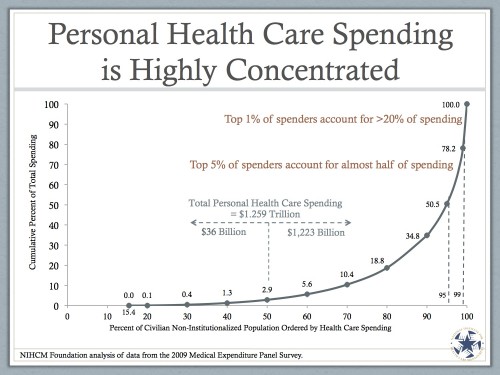Don’t cheat!
But it’s not just that doctors and dentists can’t reel off the relevant stats for every treatment option. Even when the information is placed in front of them, Gigerenzer says, they often can’t make sense of it.
In 2006 and 2007 Gigerenzer gave a series of statistics workshops to more than 1,000 practising gynaecologists, and kicked off every session with the same question:
A 50-year-old woman, no symptoms, participates in routine mammography screening. She tests positive, is alarmed, and wants to know from you whether she has breast cancer for certain or what the chances are. Apart from the screening results, you know nothing else about this woman. How many women who test positive actually have breast cancer? What is the best answer?
- nine in 10
- eight in 10
- one in 10
- one in 100
Gigerenzer then supplied the assembled doctors with some data about Western women of this age to help them answer his question. (His figures were based on US studies from the 1990s, rounded up or down for simplicity – current stats from Britain’s National Health Service are slightly different).
- The probability that a woman has breast cancer is 1% ("prevalence")
- If a woman has breast cancer, the probability that she tests positive is 90% ("sensitivity")
- If a woman does not have breast cancer, the probability that she nevertheless tests positive is 9% ("false alarm rate")
In one session, almost half the group of 160 gynaecologists responded that the woman’s chance of having cancer was nine in 10. Only 21% said that the figure was one in 10 – which is the correct answer. That’s a worse result than if the doctors had been answering at random.
The fact that 90% of women with breast cancer get a positive result from a mammogram doesn’t mean that 90% of women with positive results have breast cancer. The high false alarm rate, combined with the disease’s prevalence of 1%, means that roughly nine out of 10 women with a worrying mammogram don’t actually have breast cancer.
I’ve often argued, when consumer choice and consumer driven health care are brought up as the solution for our health care woes, that doctors don’t even know how to make reasonable decisions so how can we expect lay people to do it?
